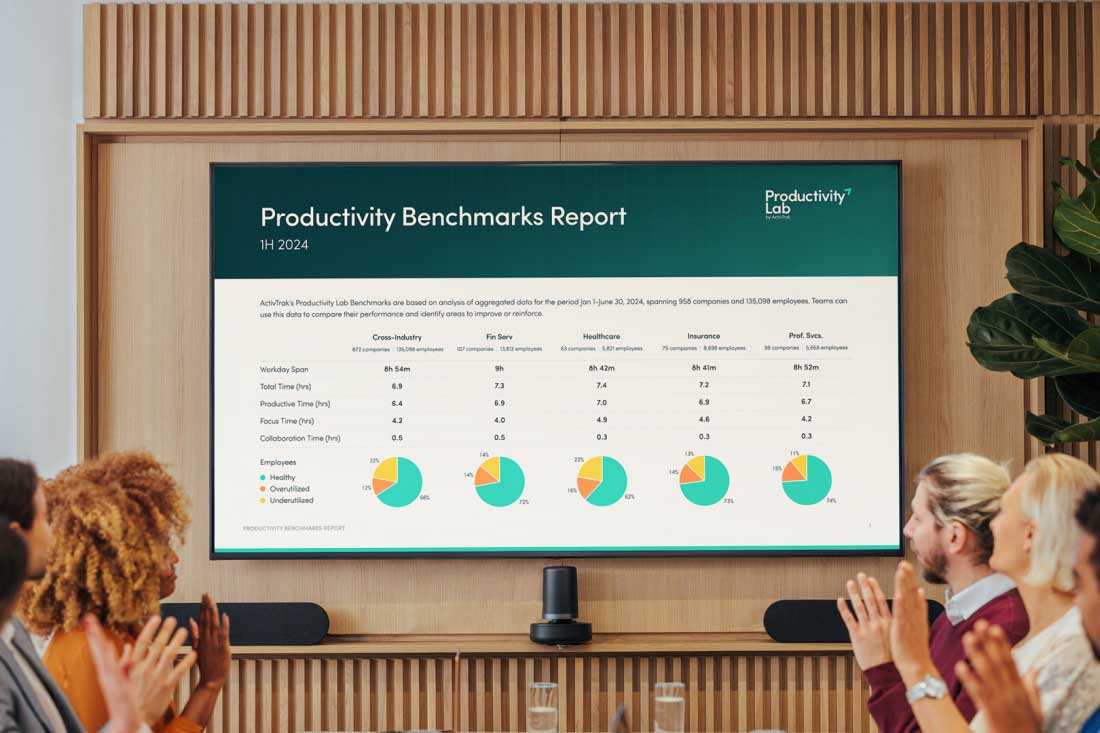Benchmarking is an important process that significantly enhances business performance. By comparing business metrics with those of other companies, whether within the same industry or across different sectors, companies identify areas for improvement and implement strategic changes.
This article digs into the concept of how benchmarking can improve performance. We’ll also explore types of benchmarking, processes and benefits, to give you a comprehensive understanding of how benchmarking leads to better business outcomes.
What is benchmarking?
Benchmarking involves measuring how an organization performs and comparing it to how other companies are performing. It includes comparing company processes and performance against industry best practices or standards to decide how your organization is doing and how it can improve. An organization must gather and analyze data on processes, strategies and competencies to set and measure benchmarks. Beyond gathering data, benchmarking aims to translate that data into actional insights that drive organizational change and continuous improvement of business processes.
Types of benchmarking
Benchmarking is not a one-size-fits-all approach and it’s also not a one-and-done process. Every industry and organization will have different ways of setting goals and measuring benchmarks. They will also have different ways to identify best practices and develop continuous processes. There are four basic types of benchmarking:
1. Internal benchmarking
In internal benchmarking, different departments or teams within an organization compare their best practices to find areas where other departments can follow suit to improve. This is easier to do if you have departments working to accomplish similar goals, such as different sales teams or software development teams working on different projects. However, many high-performing teams establish high-level processes and procedures that other departments can apply to improve, regardless of their job function.
2. External benchmarking
Also known as competitive benchmarking, external benchmarking includes comparing your performance against that of your competitors. While competitors may not be quick to offer up trade secrets on internal processes, by comparing your company’s performance against top performing companies in your industry, you can find areas where your company is lagging behind, such as customer service, customer satisfaction or product quality. Depending on your industry, you may use companies that aren’t competitors as a comparison for external benchmarking. For example, many companies compare their processes and practices to larger successful organizations like Apple, Microsoft or Amazon even though they aren’t direct competitors.
3. Performance benchmarking
Performance benchmarking allows your organization to identify performance gaps and develop strategies to improve. By using data like key performance indicators (KPIs) and other performance metrics, performance benchmarking shows you how your company is performing. This leads to a better understanding of how to close performance gaps through targeted strategies like training and development, increasing headcount or providing better technology or tools.
4. Process benchmarking
Process benchmarking or practice benchmarking considers your organization’s processes, people and technology compared to other companies. By looking at how other companies execute processes, your organization gains valuable insight into which processes can enhance your internal processes.
The process of benchmarking
Benchmarking requires a strategic, intentional approach. While every organization will have different benchmarking goals, there are several steps organizations should follow to ensure productive benchmarking outcomes.
- Identify key performance indicators - The first step is to identify what you want to measure and why. Determine which key performance indicators (KPIs) matter to your organization’s strategic objectives. It’s important to be specific so your organization can focus on relevant data and areas that will drive true improvement. Many companies use productivity rates, customer satisfaction scores or financial metrics.
- Choose companies to benchmark against – Determine which companies you want to compare your organization to. You may want to start with your highest-performing direct competitors, although organizations with similar operational processes in other industries can provide important insights. Choosing non-competitive organizations can also open up opportunities for collaboration and company mentorship. Make sure the organizations you choose are similar in terms of size, market presence and operational processes to ensure benchmarking outcomes are applicable and insightful. Also, select a few companies so you have multiple sources of information and don’t miss any possible opportunities.
- Document processes – Take a look at your organization’s processes as they stand and document everything. This may take time and some busy departments may need external help to accomplish documentation in a timely manner. Outside points of view can also help teams see their processes for what they are rather than what they’re supposed to be, which is extremely important for this phase of benchmarking.
- Gather and analyze data – Gather all the data you can about your chosen benchmarking companies. Again, many organizations won’t publicly share their internal processes, especially if they’re a direct competitor, so you should be prepared to do research through indirect sources like websites, reports or articles. If you have a partner organization that’s willing to share data with you, interviews and questionnaires are appropriate to formally gather this information. Once you’ve gathered all the necessary metrics, analyze the data to determine relevant information on processes and performance.
- Compare performance metrics – The next step is to compare your KPIs, performance metrics and/or process data against the data collected from other companies. Look for performance gaps and the underlying reasons for these gaps. Do you have enough people to perform the tasks needed to reach your goals? Is your technology out of date? How are your competitors or partner organizations successfully addressing the issues you have?
- Write a strategic plan of changes – Based on the gaps you’ve identified when comparing performance metrics to other companies, create a strategic plan to address the gaps. Remember to include specific goals and steps to achieve them as well as a clear outline of the benefits of implementing these steps. It’s important to get buy-in from all levels of the company while writing the plan. If your leadership or executive team doesn’t believe the changes are important, they won’t support them with resources. If your employees don’t understand how the changes benefit them, they may hesitate to participate.
- Implement the plan – Once you have a full plan, put the plan into action. Make sure you monitor progress closely and document processes along the way. Managers and supervisors should also maintain clear communication with team members and leadership to ensure the plan goes smoothly. Leverage advanced analytical tools and techniques like data visualization and statistical modeling to enhance the clarity of insights from the data.
- Repeat the process – Benchmarking is a continuous process. Once you’ve completed one round of benchmarking, it’s time to start the next. You may find new KPIs to measure or performance areas to improve. Once benchmarking is an established habit in your organization, it becomes easier to apply it across broader aspects of the organization, futureproofing new endeavors as you grow.
How benchmarking enhances business performance
Benchmarking leads to tangible improvements in business performance. As organizations adopt practices inspired by their findings, significant changes unfold, leading to benefits that boost overall success.
1. Improves efficiency and productivity
One of the most immediate benefits of benchmarking is improved efficiency and productivity. Internal benchmarking processes are especially effective at identifying wasteful processes and providing insight into how to streamline operations.
2. Increases work quality
Benchmarking allows companies to better assess the quality of the work their employees produce. Whether it’s a completed product or something intangible like the quality of a sales lead, thorough benchmarking shows how these items stack up against industry standards or internal requirements.
3. Enhances competitive advantages
Leveraging benchmarking gives companies a competitive advantage by helping them stay at the forefront of the industry. Additionally, benchmarking helps organizations better understand competition to capitalize on their weaknesses. Companies that use benchmarking are also more agile and adaptable because they tend to see trends and shifts before they hit an industry and have tools ready to address changes.
4. Reduces expenses
Redundancies in technology and processes lead to expensive waste. Benchmarking quickly shows companies where these redundancies are and provides insight into how to eliminate them.
5. Sets better business goals
Regular benchmarking empowers companies to set better business goals by clarifying and defining them. This includes clearly defining what success looks like for the organization and determining how to measure that success.
6. Drives innovation and growth
Benchmarking leads to a culture of innovation and growth by constantly measuring and refining practices to drive performance improvements. This may include innovative solutions that pave the way for new products or services. At the same time, benchmarking guides strategic planning and ensures initiatives are aligned with industry standards to foster long-term growth and sustainability.
Improve performance through benchmarking with ActivTrak
Benchmarking is a powerful tool that drives significant improvements in business performance. Implementing effective benchmarking processes leads to refined operations, competitive advantages and enhanced innovation.
Get the insights and analytics you need to start and perfect benchmarking in your organization with ActivTrak. Find areas to improve and boost performance with our award-winning workforce analytics cloud. Contact our sales team today to get started and unlock the power of benchmarking for your organization.


